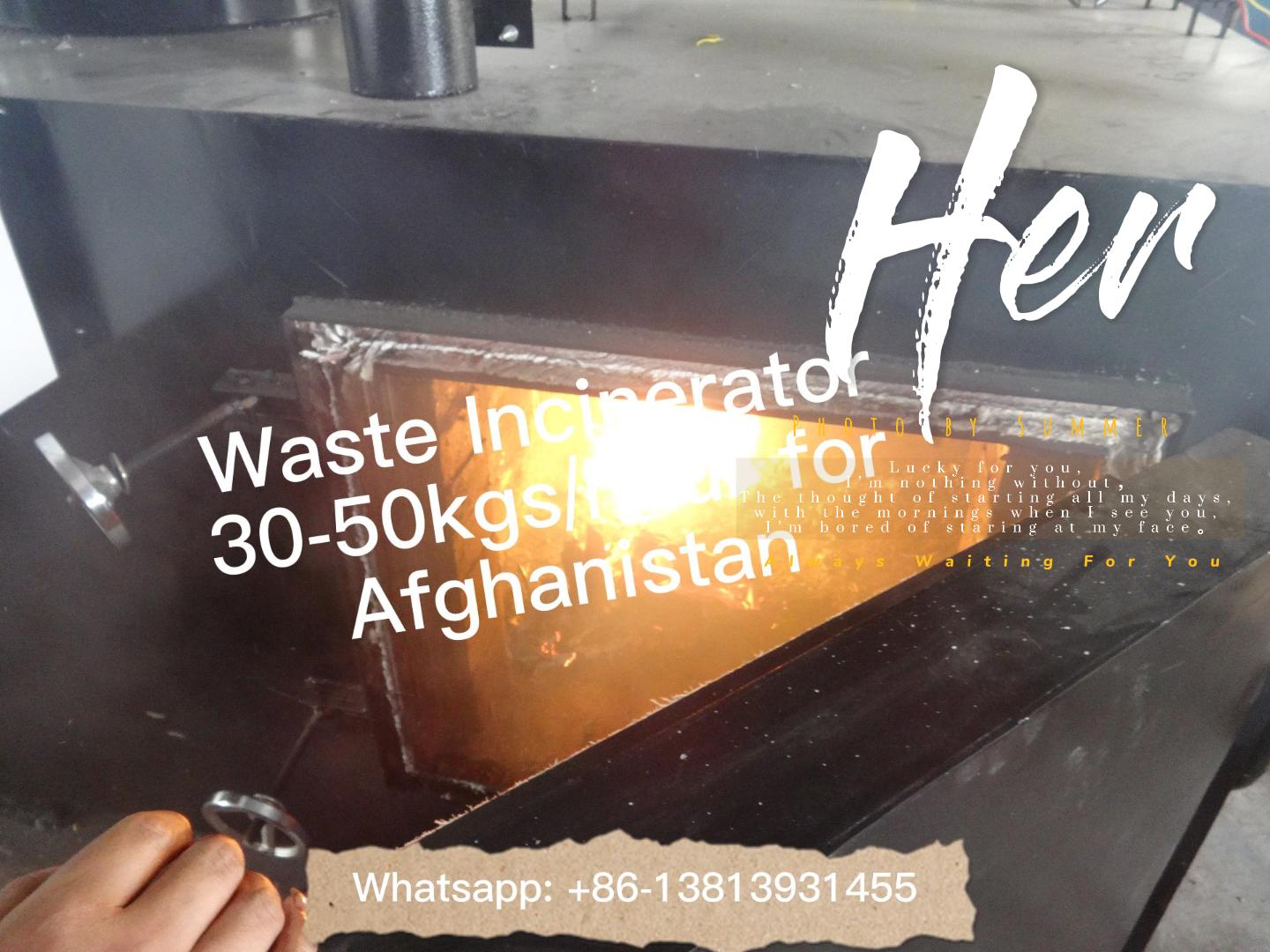The issue of regulating incinerators is a controversial and complex one, as it involves balancing the need for efficient waste management with the potential environmental impact of incineration. Incinerators are facilities that burn waste materials to generate energy or reduce the volume of waste, and while they offer a solution to the problem of overflowing landfills, they also raise concerns about air pollution and toxic emissions.
In recent years, the debate over incinerators has intensified as communities seek ways to manage increasing amounts of waste without causing harm to the environment and public health. Proponents of incinerators argue that they are a necessary and effective method for reducing the volume of waste and generating clean energy, thereby reducing the need for landfill space and decreasing greenhouse gas emissions. However, opponents contend that incinerators release harmful pollutants into the air, such as dioxins and heavy metals, which can have serious health and environmental consequences.
In response to these concerns, regulatory agencies and governments have implemented strict guidelines and standards for incinerators to mitigate the potential adverse effects. These regulations typically focus on controlling emissions, monitoring air quality, and implementing pollution control technologies to minimize the impact of incineration on local ecosystems and human health.
Key components of regulating incinerators include emission limits for pollutants such as nitrogen oxides, sulfur dioxide, carbon monoxide, particulate matter, and heavy metals. Additionally, regulations often mandate the installation of air pollution control devices, such as scrubbers, filters, and electrostatic precipitators, to capture and reduce harmful emissions. Proper waste management and monitoring practices are also essential to ensuring that incinerators comply with environmental regulations.
Implementing and enforcing these regulations require close collaboration between industry stakeholders, environmental experts, and regulatory agencies to strike a balance between waste management needs and environmental protection. This often involves ongoing dialogue, technological advancements, and periodic reviews of incinerator operations to ensure compliance with the latest environmental standards.
Furthermore, initiatives to promote recycling, waste reduction, and alternative waste management methods are critical in reducing the amount of waste sent to incinerators. By prioritizing waste reduction and recycling, communities can minimize the need for incineration and decrease the overall environmental impact of waste management.
Ultimately, the challenge of regulating incinerators lies in finding a sustainable approach that addresses the pressing need for waste management while protecting the environment and public health. By incorporating the latest technologies, monitoring and enforcement mechanisms, and proactive waste management strategies, regulatory agencies can effectively balance environmental concerns with the imperative of managing waste efficiently. Through collaborative efforts and a commitment to ongoing improvement, communities can work towards a future where waste management is both effective and sustainable.



